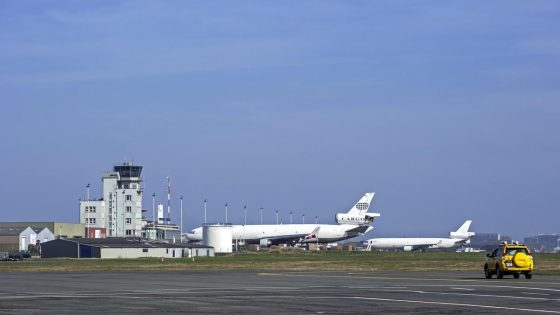Oostende Airport faces significant financial challenges similar to those of Antwerp’s regional airport, raising concerns about the sustainability of Belgium’s smaller aviation hubs. On 2025-08-07 19:39:00, fresh insights into Oostende’s 2024 financial report revealed a troubling reliance on subsidies and one-off earnings to stay afloat.
- Oostende’s cargo volume remains significantly low
- Total revenue relies heavily on government subsidies
- One-time income artificially inflates financial results
- Luggage debt threatens supplier financial stability
- Subsidy agreement uncertainty risks future solvency
- Auditor possibly withheld approval over subsidy disputes
Despite positioning itself as a cargo hub, Oostende’s cargo volume is notably low, with only 30,000 tons handled. The airport’s total revenue for 2024 is projected at €19.3 million, heavily supported by €11.3 million in subsidies and a one-time income of €525,000, possibly from solar energy initiatives.
What does this mean for the future of regional airports in Belgium? And how sustainable is this financial model? These questions lead US to a closer look at Oostende’s precarious fiscal health and its broader implications.
Is Oostende’s financial situation a temporary hurdle or a sign of deeper structural issues? The airport’s reliance on subsidies and one-time earnings masks an underlying deficit, while unresolved subsidy agreements with the Flemish government add uncertainty. Key points include:
- Oostende’s cargo throughput remains low despite its hub ambitions.
- Operating revenue depends largely on subsidies and a non-recurring €525,000 income.
- Outstanding debts total €12.5 million, including €4 million owed to suppliers.
- Uncertainty over subsidy contracts risks supplier solvency and airport operations.
As discussions between the Flemish government and airport management continue, it is crucial to address these financial issues promptly. Will policymakers act decisively to secure the future of regional airports, or will these hubs face deeper operational crises? Stakeholders must stay engaged to ensure sustainable solutions emerge.

































